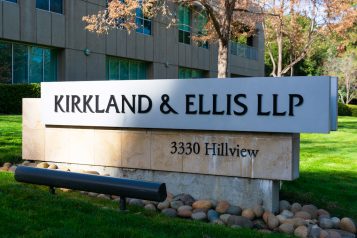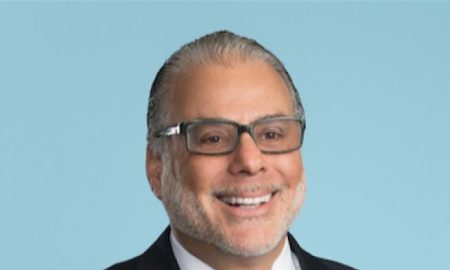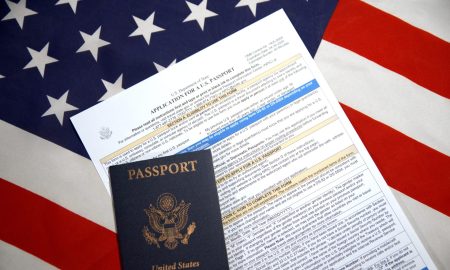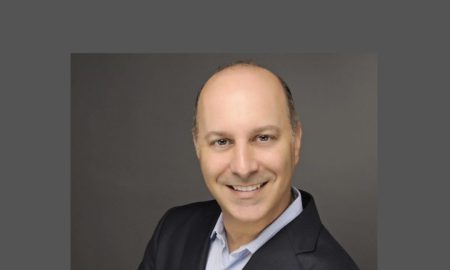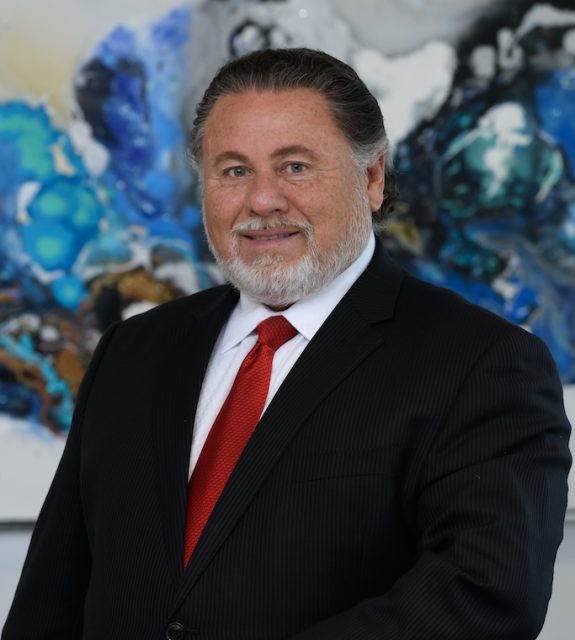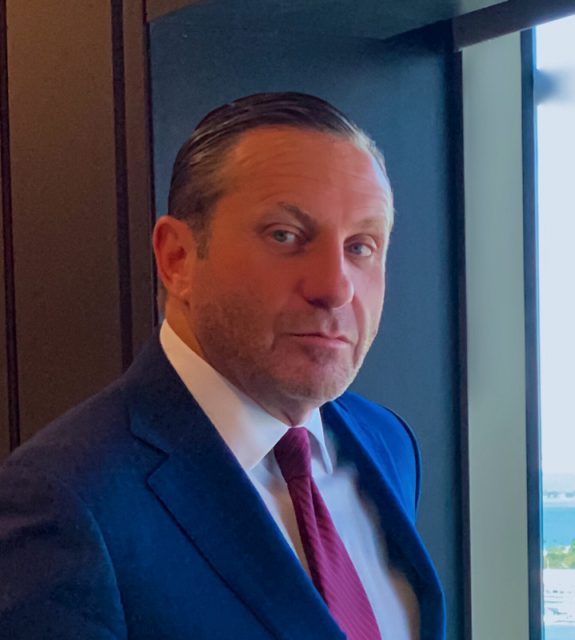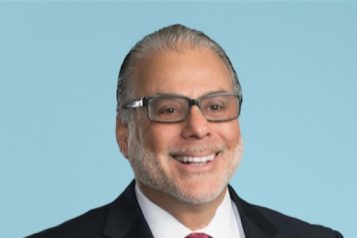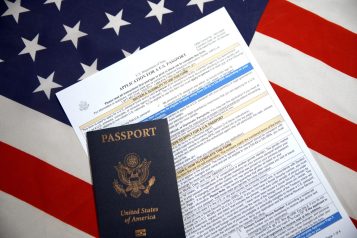
In the ongoing legal saga involving the Sandy Hook tragedy, families who secured substantial legal victories against Alex Jones, known for his conspiracy theories around the 2012 Connecticut school shooting, presented a settlement proposal within Jones’ personal bankruptcy case. Their offer suggested a notably reduced settlement amount of $85 million to be paid over a span of ten years, presenting an opportunity for the families to resolve the financial implications of Jones’ statements.
However, within this offer, lawyers representing the Sandy Hook families vehemently criticized Jones for what they described as extravagant personal expenditures and a failure to adequately preserve his financial holdings. They accused Jones of neglecting his fiduciary responsibilities mandated by the Bankruptcy Code and alleged a lack of commitment to selling assets or providing essential financial documents.
The families’ legal representatives outlined two possible avenues for Jones to address the debt: either liquidate his assets to compensate the creditors or commit to an annual payment of at least $8.5 million over a decade, with an additional obligation to contribute 50% of any income exceeding $9 million per year.
During the course of a court hearing in Houston, Jones’ personal bankruptcy attorney, Vickie Driver, contested the proposed settlement, highlighting that the proposed $85 million over ten years might exceed Jones’ financial capacity. Driver expressed skepticism regarding Jones’ ability to generate such funds, citing a lack of financial evidence to support this projection.
Meanwhile, Free Speech Systems, Jones’ company, filed a new bankruptcy plan aiming to pay creditors an estimated $4 million annually, significantly lower than previously anticipated figures. Their plan projected revenue primarily derived from the sales of dietary supplements, clothing, and merchandise endorsed on Jones’ shows, amounting to approximately $19.2 million the following year. However, operating costs, including salaries, were projected at around $14.3 million.
Jones’ personal financial statement, submitted to the bankruptcy court, disclosed assets totaling around $13 million, encompassing approximately $856,000 held across various bank accounts.
The unfolding bankruptcy case not only showcases the complexities of legal settlements but also underscores the financial challenges and differing perspectives regarding Jones’ capacity to fulfill the proposed settlements in the wake of legal proceedings and personal financial disclosures.






